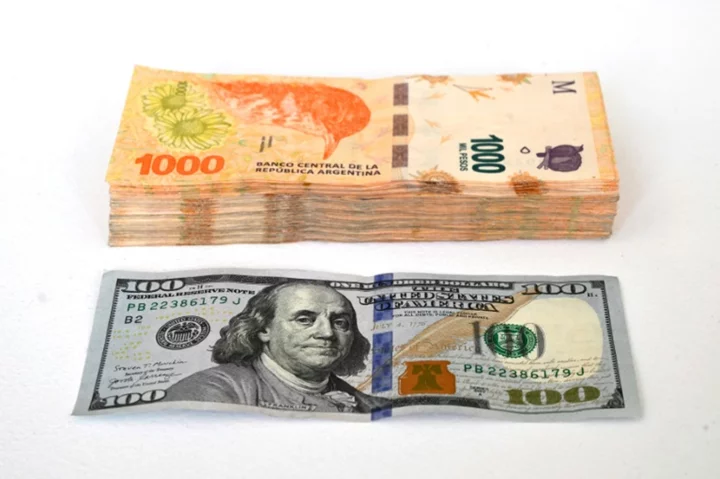A 15th century Chinese box which went unnoticed for decades has sold for £288,000 (about $358,000), smashing its expected price at auction.
The box was bought for just £19 ($24) in 1946 and was expected to fetch between £6,000 and £10,000 ($7,400 and $12,400) when it went under the hammer last week, according to Dreweatts auctioneers.
The piece was created during the 1430s in the Imperial workshops near the Forbidden City in Beijing, auctioneers said. It bears the marks of Xuande, the fifth Emperor of the Ming Dynasty (1426-1435).
It is one of only five known in the world, according to the auctioneers, based in Berkshire, southern England. Three of the five pieces are in museums or institutional collections, Dreweatts added, and one is in a private collection.
"When I first inspected the piece it looked too good to be true as 99.9% of Xuande marked pieces are later copies," said Dreweatts expert Mark Newstead in a press release.
"It's definitely a highlight of my career, I'll probably never see anything as rare as this again, but never say never."
Circular in shape and about 12 centimeters (4.7 inches) in diameter, the artifact features a design of ripe pomegranates, gold branches and blossoms. Pomegranates were a symbol of fertility in the 15th century, said the auctioneers.
This was the first time that the box had come to auction in 77 years after it was considered lost.
It was bought by Maj. Edward Copleston Radcliffe in 1946 and went unnoticed among less valuable pieces of his collection when he died in 1967.
However, his family later sent the collection to Dreweatts, where specialists recognized its importance.
"Cloisonné enamel pieces from the early Ming period are exceptionally rare as production was strictly regulated by the Imperial Palace eunuchs," Newstead said in a separate release.
"The fact that it was discovered in a dust-filled cabinet in the attic of a family home amongst other less valuable pieces, where it had sat since its' owners [sic] death in 1967 is extraordinary and we knew it would attract world-wide attention."
Newstead said the auction, which took place on Thursday, saw "very strong" bidding between nine telephone bidders, with a private collector in Asia finally winning out.
This is not the first time that a Ming Dynasty artifact has smashed its auction estimate.
In July 2020, two rare volumes of an ancient Chinese encyclopedia sold for more than €8 million ($9 million) at auction, more than 1,000 times the estimated price.
The encyclopedia, known as the Yongle Dadian, was originally commissioned by the Yongle Emperor, the third ruler of the Ming Dynasty, who reigned from 1402 to 1424.









